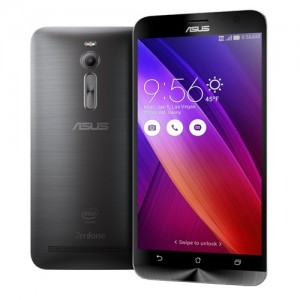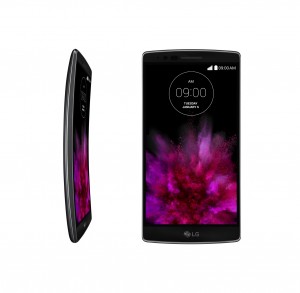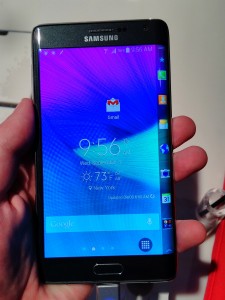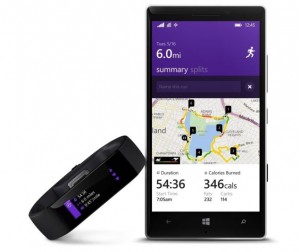ASUS is making waves at CES with two eye-catching smartphones – and one of them will be coming to the U.S. Better yet, when it does, it’ll be one of the lowest priced off-contract smartphones on the market.
The ASUS ZenFone 2, which is marked for U.S. release according to Gizmodo, will run for only $200 without a contract. And for that price, it will provide a relatively high-end device: A 5.5-inch 1080p display, 2 GB of RAM, and a 13-megapixel camera, all running from a quad-core 1.8 GHz Intel Atom processor. On paper, the specs look impressive so we’re very much looking forward to getting our hands on the latest ZenFone.
Another ASUS device is catching attention on the show floor: The ZenFone Zoom is being called the first smartphone with a zooming camera. Other smartphones dilute quality when they zoom in, but this one will be able to maintain top quality at high distances – the Zoom will sport a 13-megapixel camera, with 3x optical zoom capability. The camera is backed by optical image stabilization, laser-guided autofocus, and a xenon flash.
While the processor has not yet been disclosed, many of the other specifications mirror those of the ZenFone 2. However, that exceptional camera increases the price considerably: The Zoom will run for $400. On top of that, there’s been no official word on availability.
The post ASUS Debuts Impressive Phones at CES appeared first on Brighthand.com.





